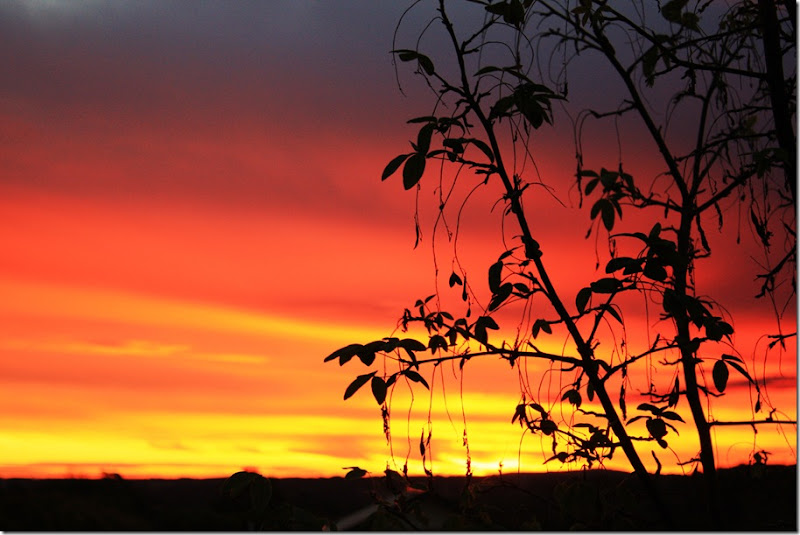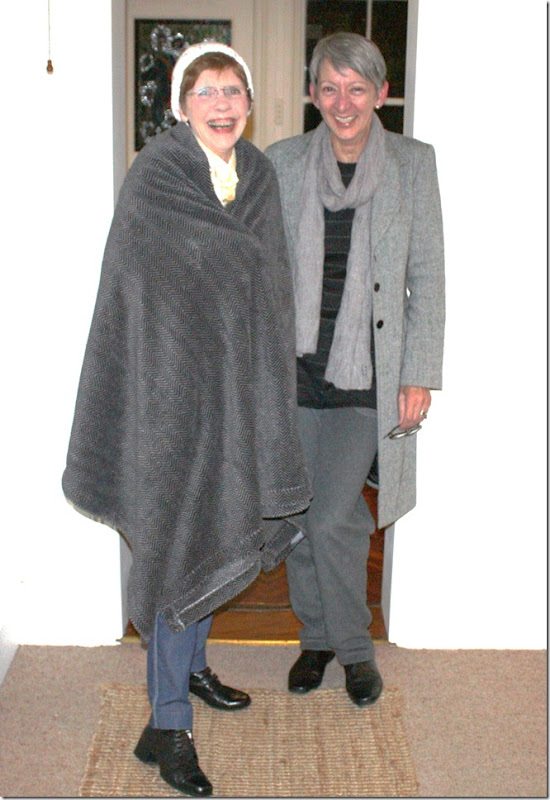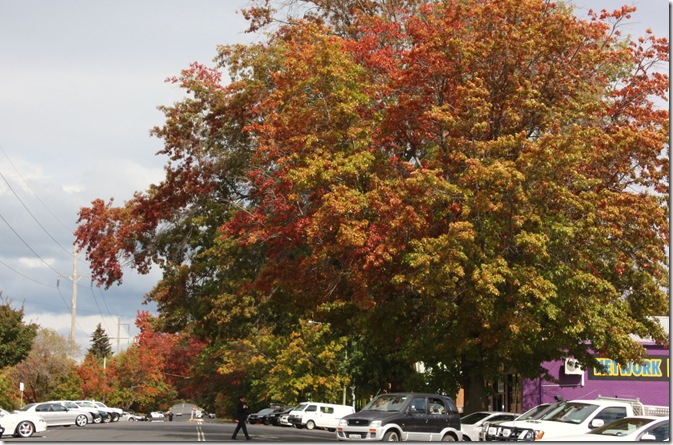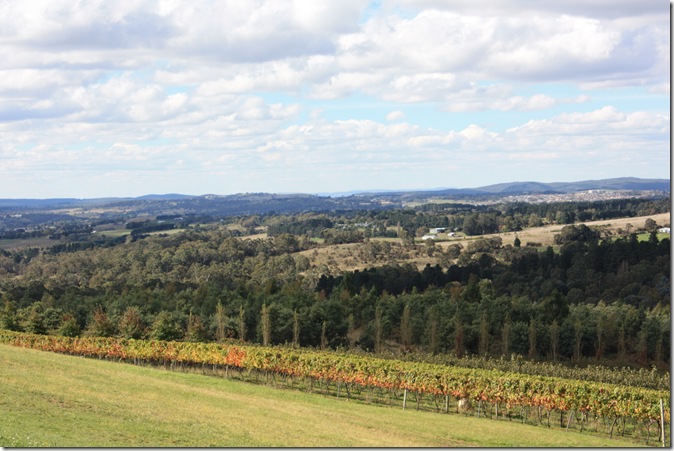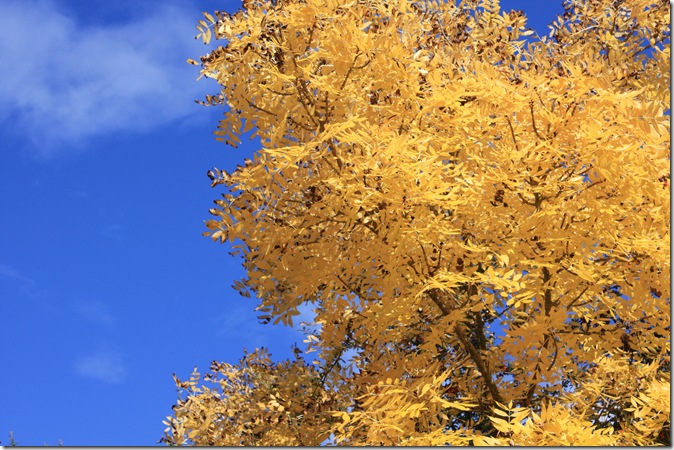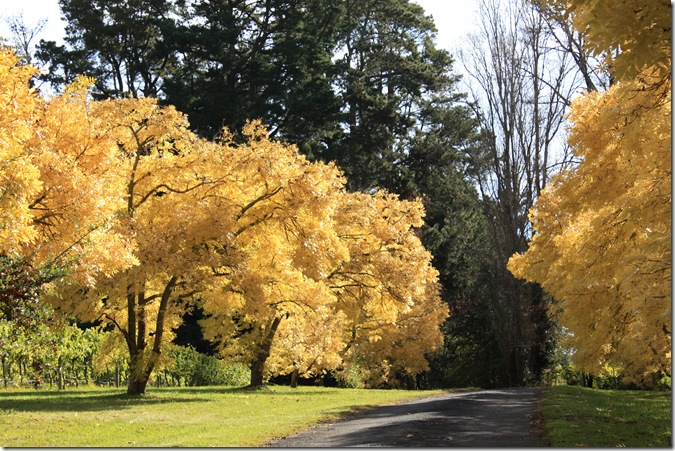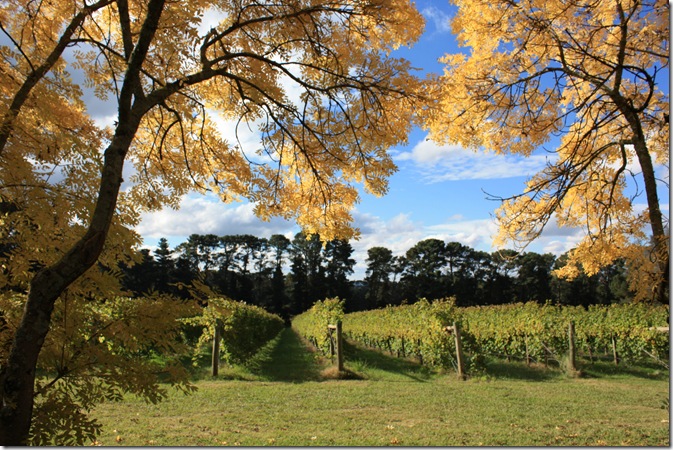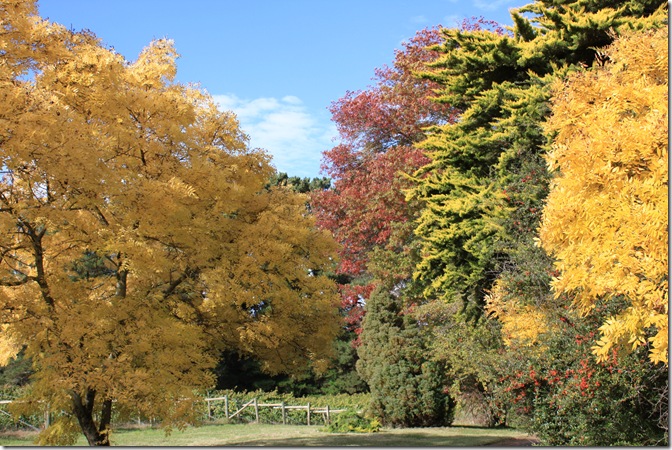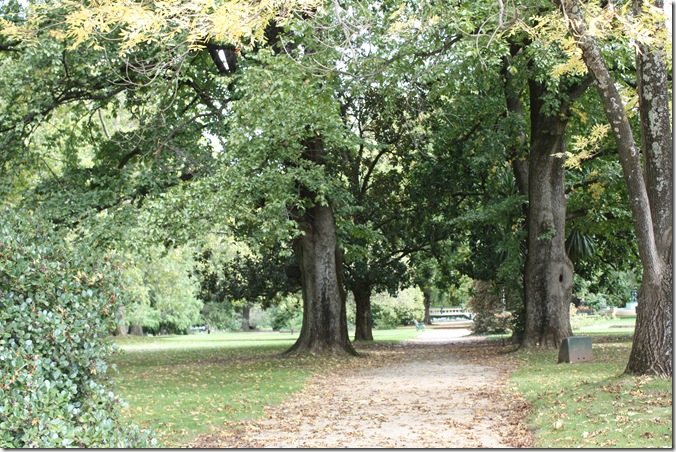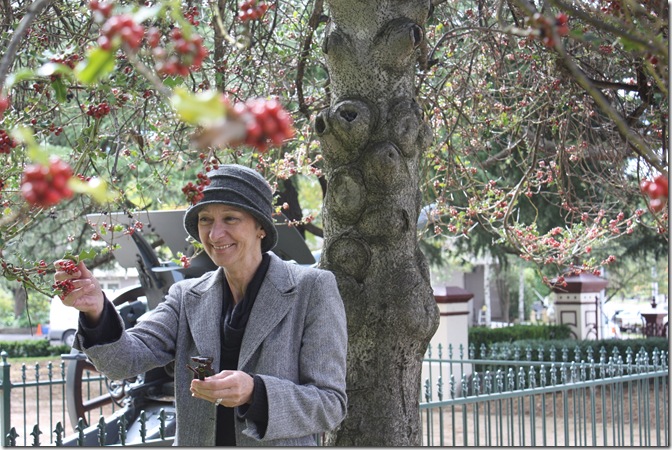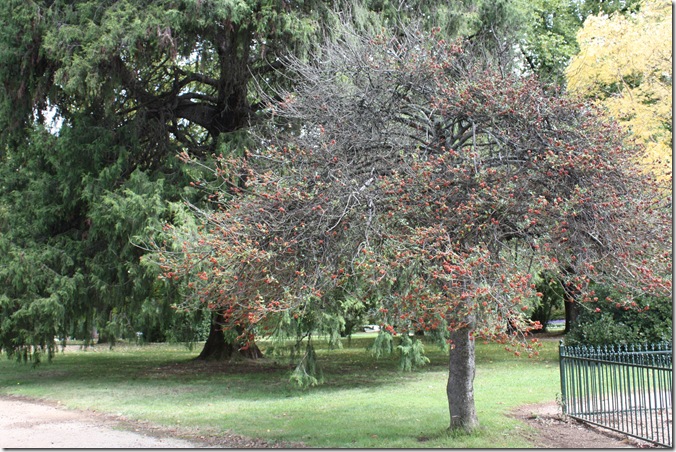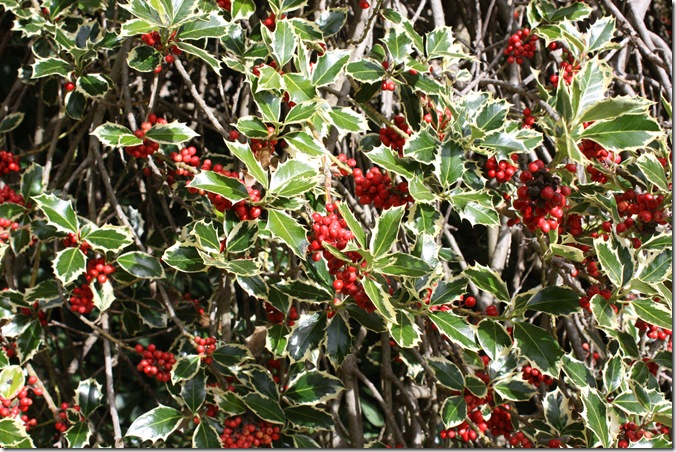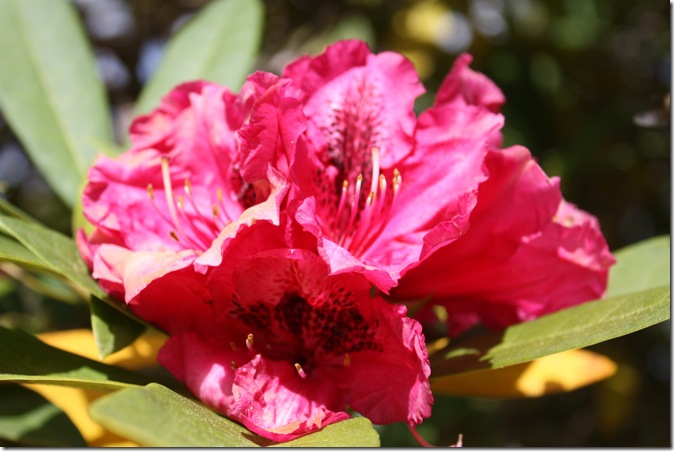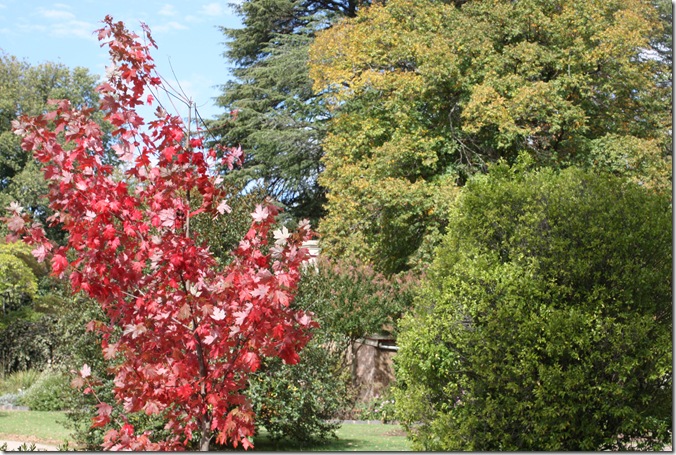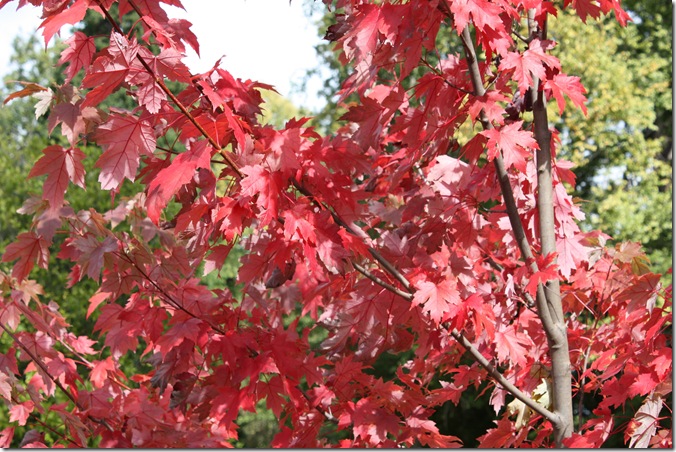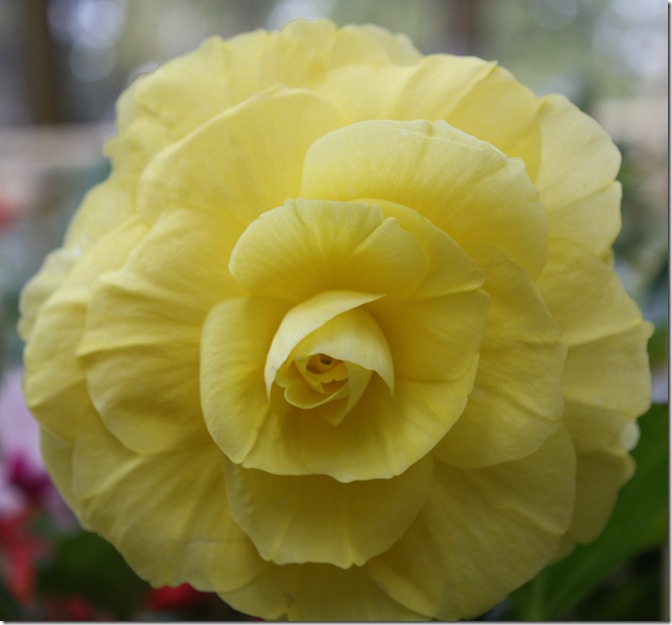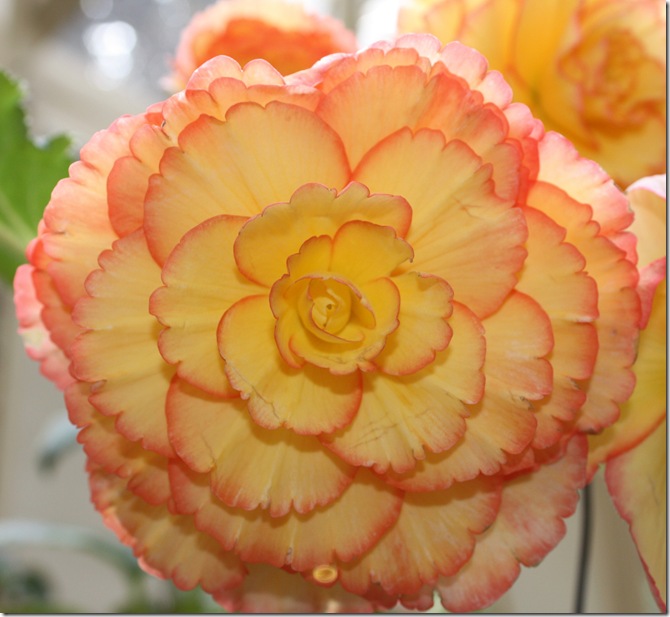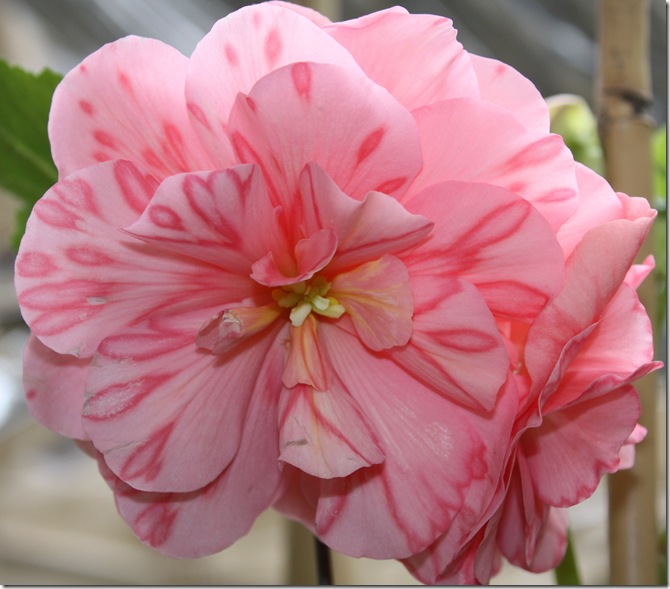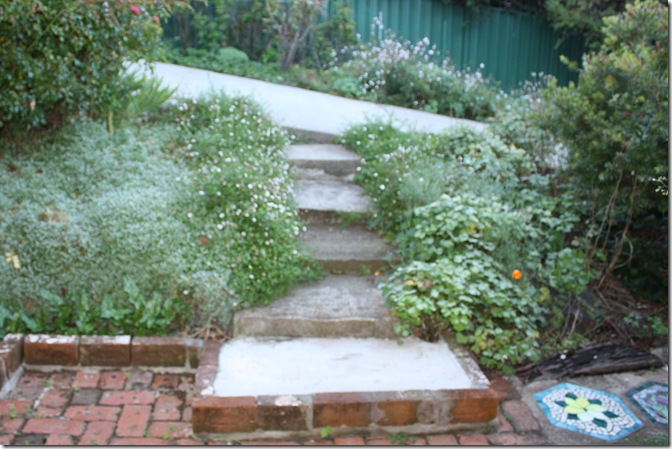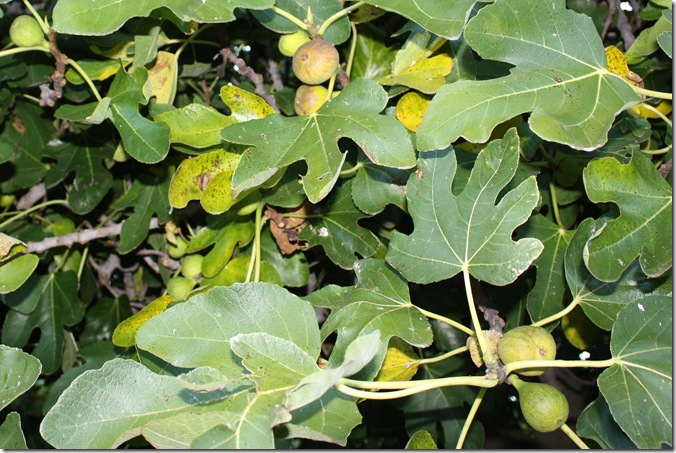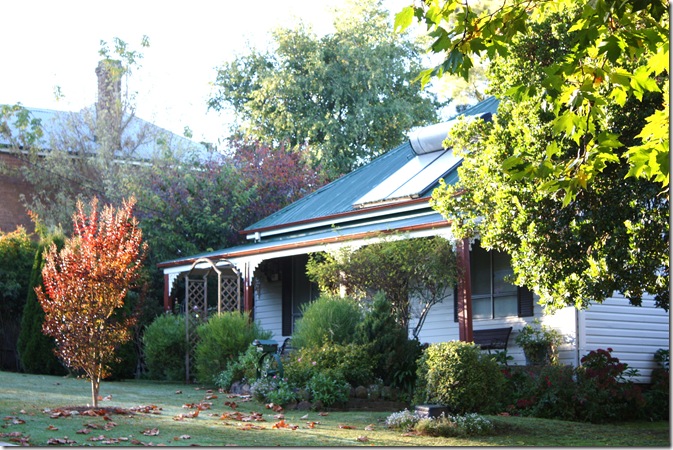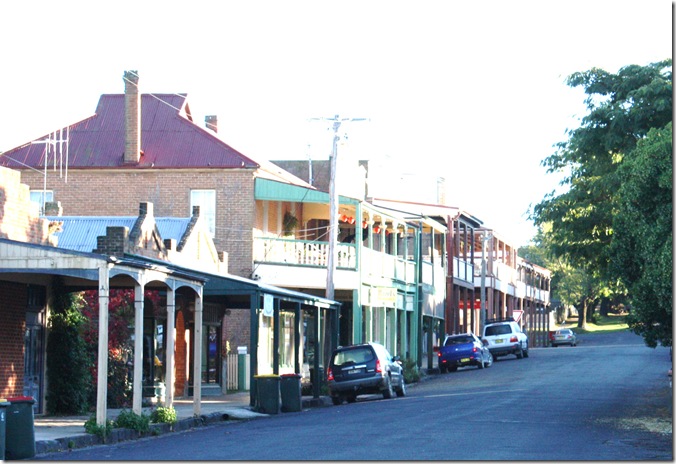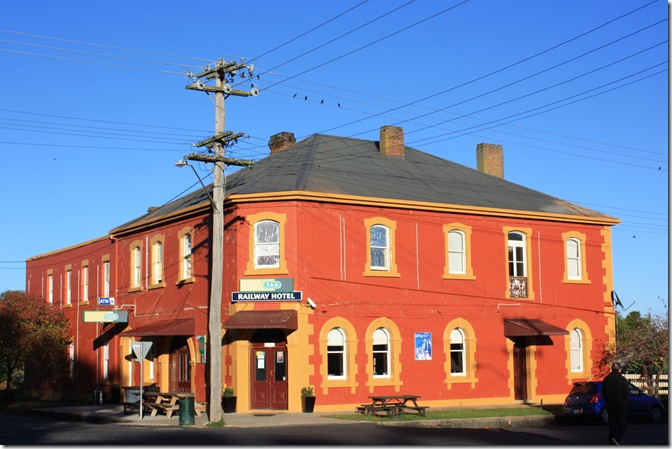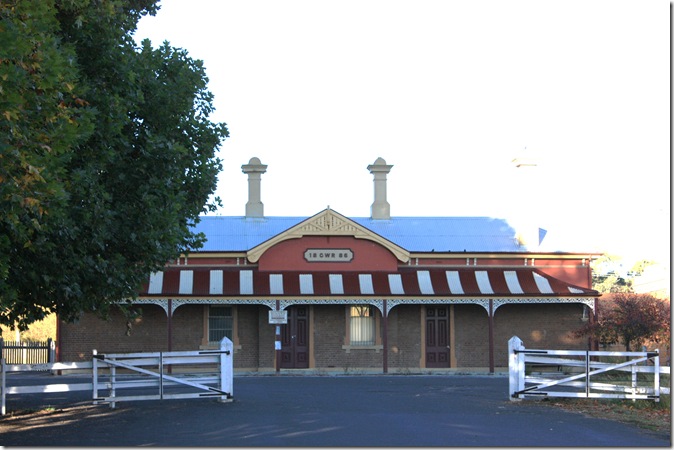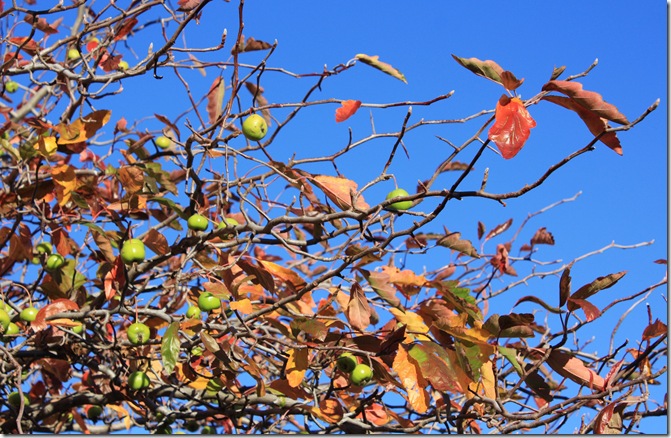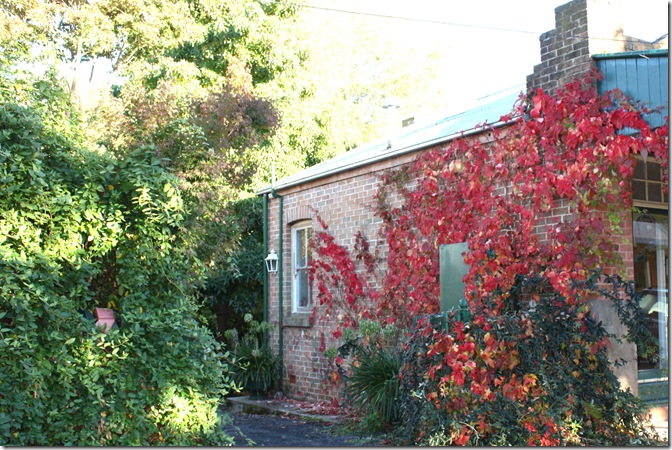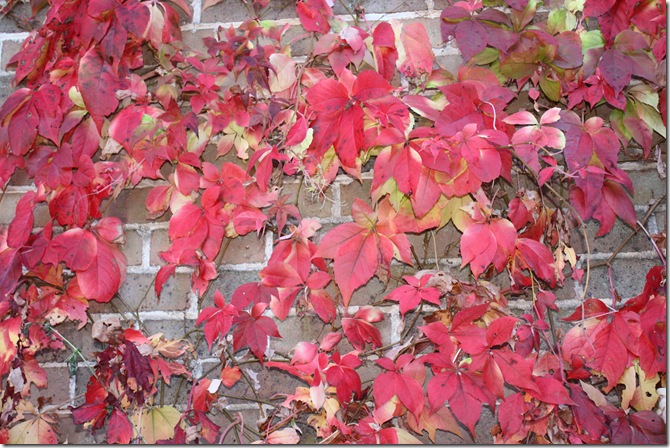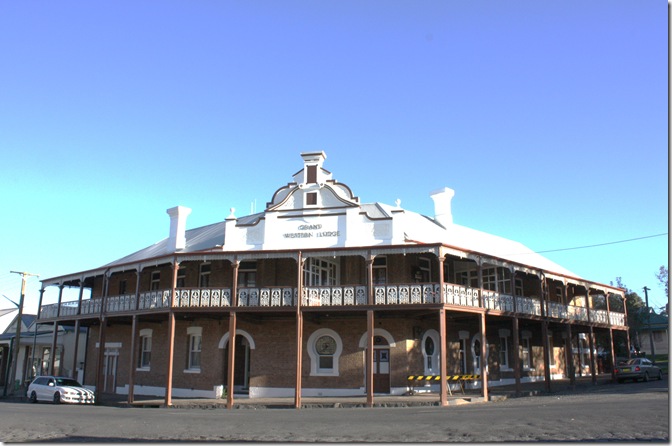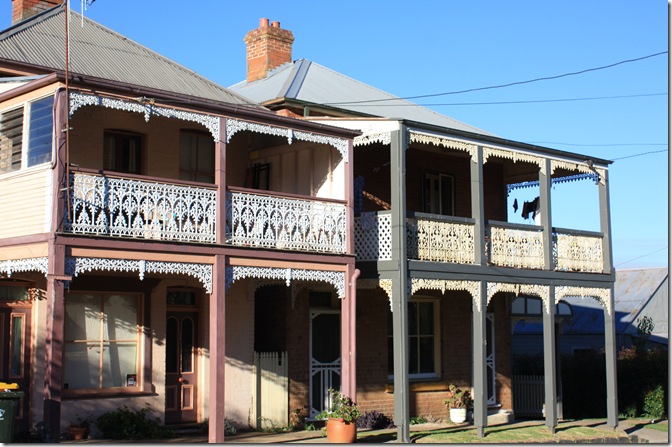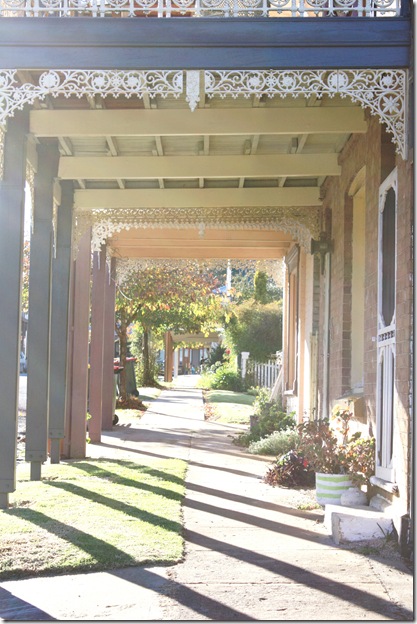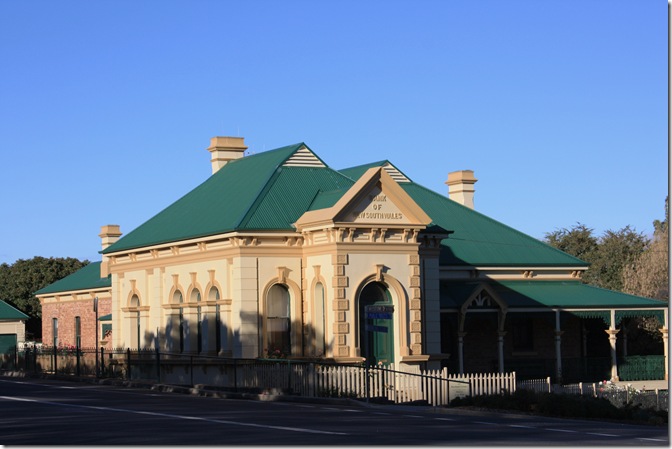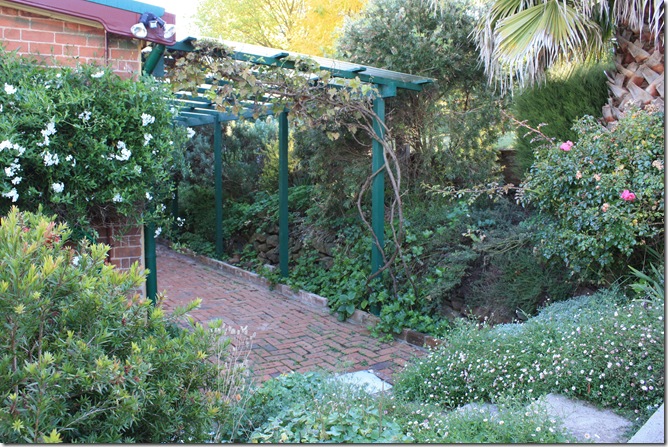The F.O.O.D. (Food of Orange District) Week celebrates its 20th anniversary this year.
John, Judy and i flew from Brisbane to Sydney, then drove from Sydney to Millthorpe, 27 km east of Orange, where we were staying.
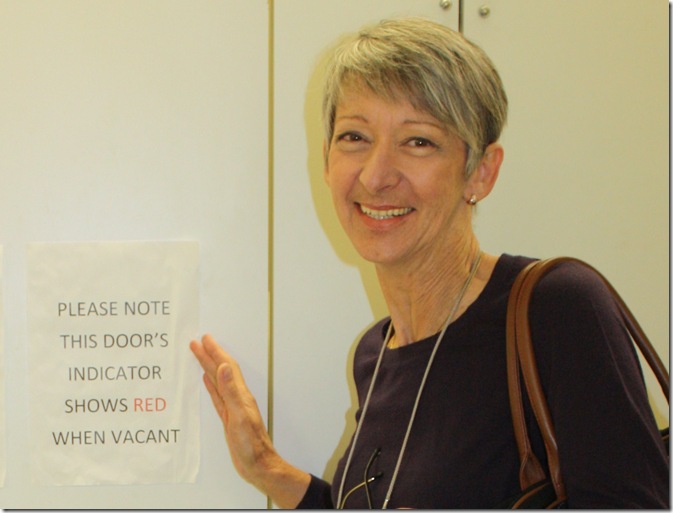 Brisbane Airport
Brisbane Airport
Apparently it is easier to make a sign than to fix the door lock.
I know we live “down under” but that doesn’t mean everything is back to front and upside down here.
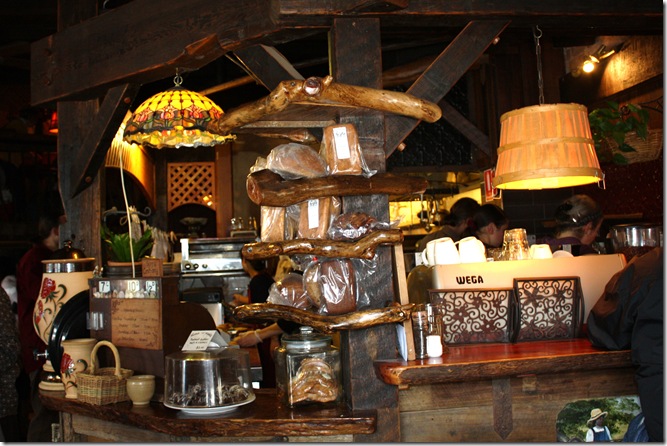 In Katoomba, we had lunch at the Common Ground restaurant, run by the Twelve Tribes community. This Christian community lives and works together, sharing possessions in common, with an emphasis on high moral values and caring for each other. See www.twelvetribes.com
In Katoomba, we had lunch at the Common Ground restaurant, run by the Twelve Tribes community. This Christian community lives and works together, sharing possessions in common, with an emphasis on high moral values and caring for each other. See www.twelvetribes.com
The food is wholesome and delicious – Judy and I had pumpkin soup with their own crusty bread – just perfect for the weather, which was windy and freezing.
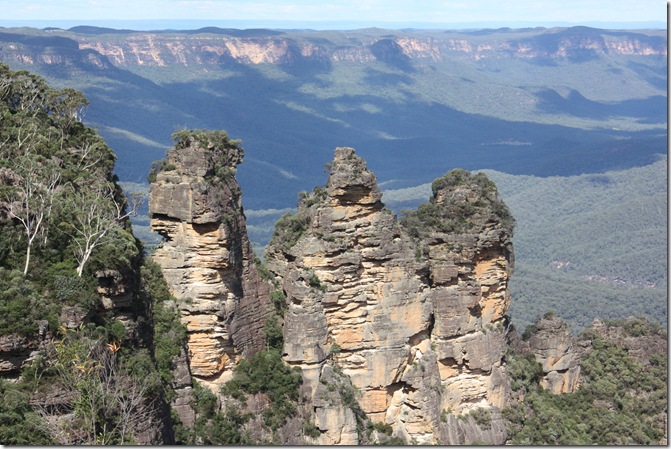
The Three Sisters, Echo Point, Katoomba, Blue Mountains.
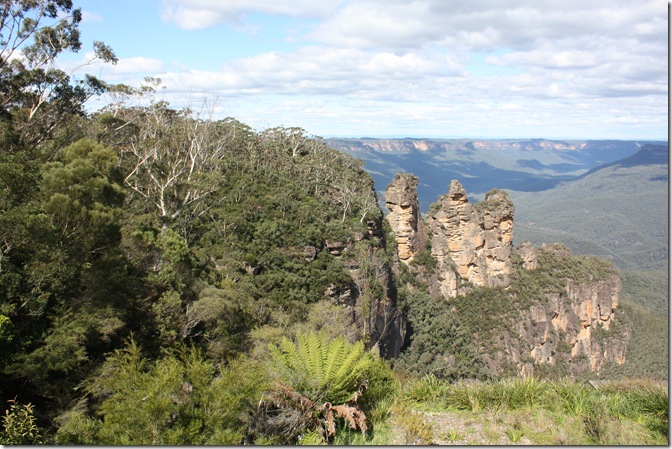
The Three Sisters from further back.
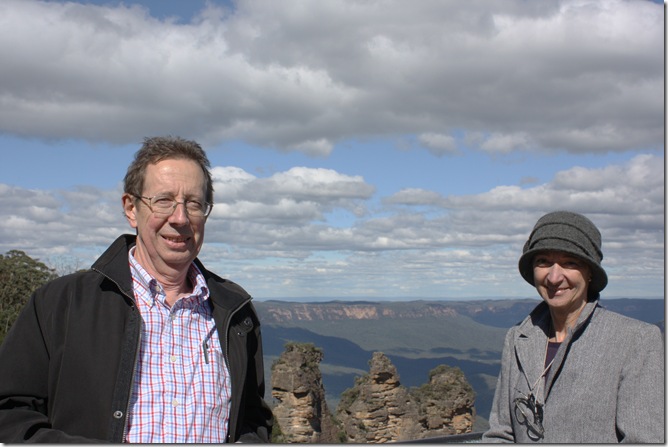
The Three Sisters with John and Judy.

The beanie that May, our next door neighbour, knitted for me, was put to good use. Although sunny, it was bitingly cold and blowing a gale.
After Katoomba, we stopped in Bathurst for a cup of tea, then continued on to our cottage in Millthorpe.
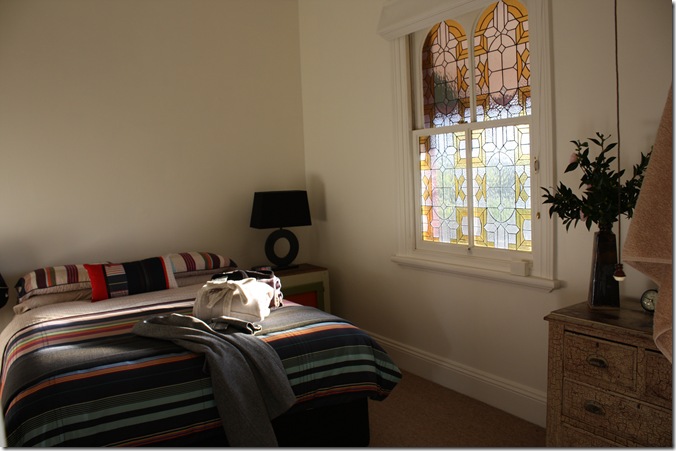
Our cottage was delightfully appointed. This is John and Judy’s room.
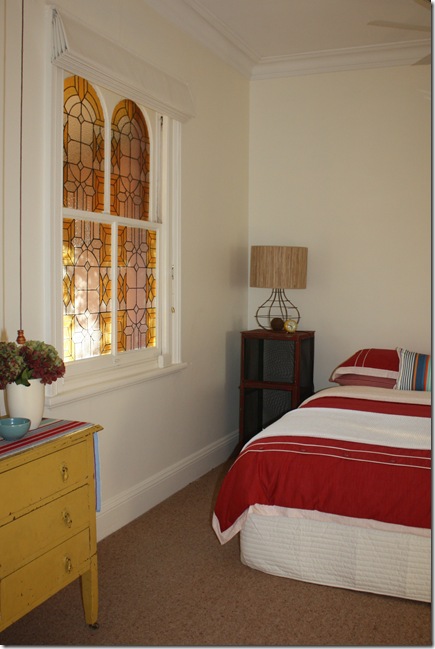 My room.
My room.

Dining room.
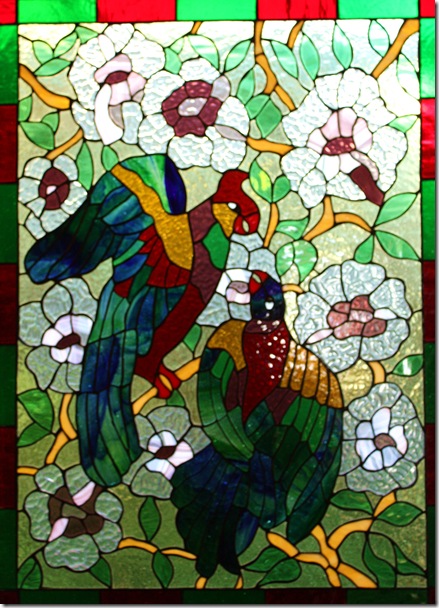
Leadlight on the back door.
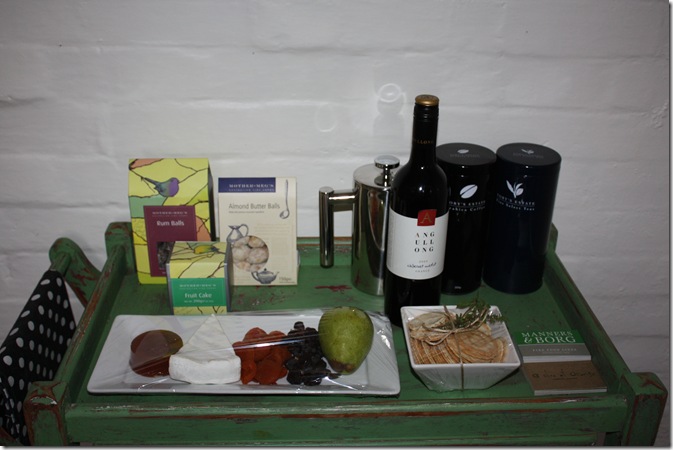
Welcoming cheese platter. There was also a bottle of sparkling wine in the fridge.
We drove into Orange for some groceries. It is a very pretty town, with some beautiful autumn foliage. It was also very cold! Brisbane had a top temperature of 27 degrees that day, while Orange’s temperature varied between 4 and 11. What a shock!
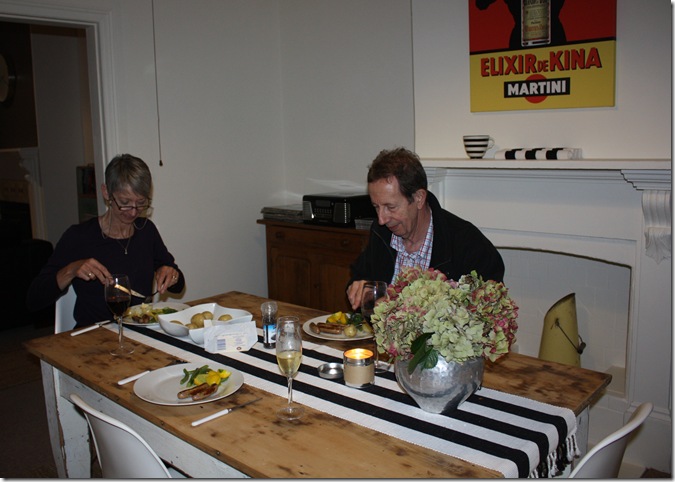 Our first day concluded with a very civilised dinner in our cosy dining room.
Our first day concluded with a very civilised dinner in our cosy dining room.
